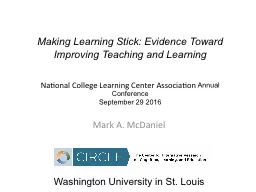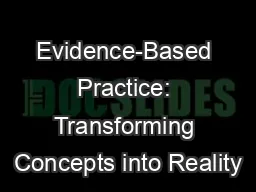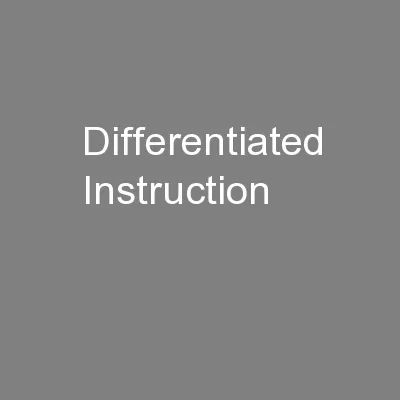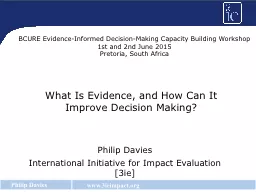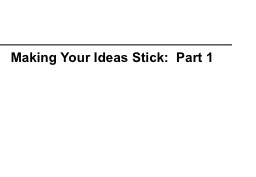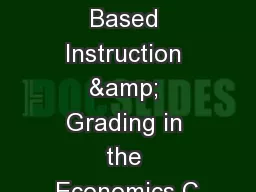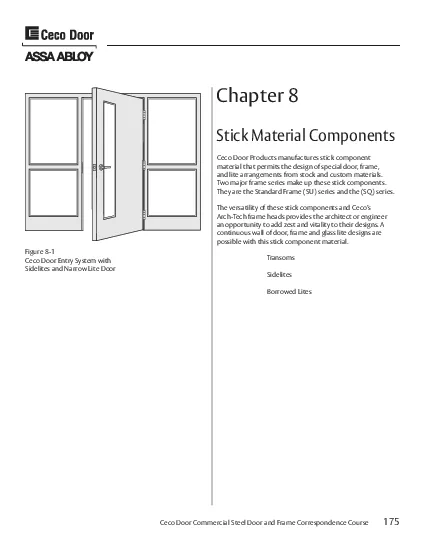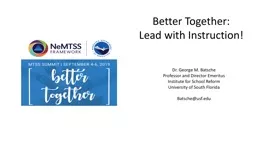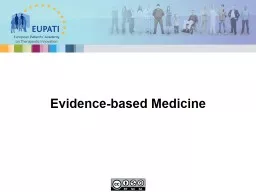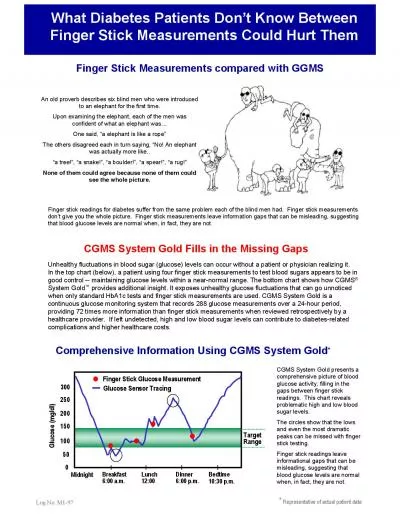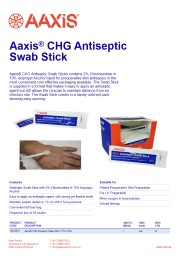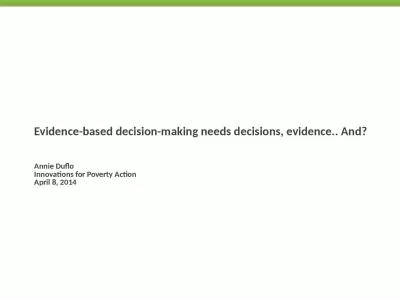PPT-Making Learning Stick: Evidence Based Techniques to Improve Instruction and Student Learning
Author : pamella-moone | Published Date : 2018-03-16
Mark A McDaniel University of Illinois October 11 2017 Washington University in St Louis Techniques derived from learning sciences do not require dramatic adjustments
Presentation Embed Code
Download Presentation
Download Presentation The PPT/PDF document "Making Learning Stick: Evidence Based Te..." is the property of its rightful owner. Permission is granted to download and print the materials on this website for personal, non-commercial use only, and to display it on your personal computer provided you do not modify the materials and that you retain all copyright notices contained in the materials. By downloading content from our website, you accept the terms of this agreement.
Making Learning Stick: Evidence Based Techniques to Improve Instruction and Student Learning: Transcript
Download Rules Of Document
"Making Learning Stick: Evidence Based Techniques to Improve Instruction and Student Learning"The content belongs to its owner. You may download and print it for personal use, without modification, and keep all copyright notices. By downloading, you agree to these terms.
Related Documents

